The Starter Flock
Beginner-Friendly Livestock Breeds for a Changing World
So you want animals. Maybe you’re standing in a backyard-turned-patch-of-weeds. Or, you’re staring at ten scruffy acres of grass no one has grazed in years. Or, you’re just scrolling through homestead TikTok, wondering if you’re insane for even entertaining the idea.
Here’s the thing, farming doesn’t have to be all or nothing. It doesn’t have to be a thousand acres of soybeans or a tomato plant in a pot. Animals have always lived beside us; as co-workers, scrap-eaters, and survival partners. And in a world where feed prices climb, summers scorch, and winters bite; it is worth asking, which animals can ordinary people raise without losing their minds (or their mortgage)?
Below are some of the most forgiving, low-maintenance livestock breeds. These animals thrive on scruffy forage, shrug at weird weather, and don’t need you to be a vet tech with a trust fund to keep alive. Think of this as a starter map. This is a way back to animals that fit into human life, instead of demanding that human life revolve around them.
Sheep: Icelandics
The Triple-Threat Survivors
If sheep were athletes, Icelandics would be the ones who ran, wrestled, and still aced calculus on the side.
What they give: meat, wool, and milk.
Why they’re forgiving: hardy as hell, lamb easily, forage on brush and weeds most sheep ignore.
Special trick: the “leader sheep” gene. Yes, some are literally born to guide the flock.
Icelandics have been bred for centuries in one of the harshest climates on earth. They can handle cold climates, but they also thrive in milder regions. Beginners like them because they don’t collapse at the first parasite, they don’t need to be babied at lambing, and they age gracefully. Plus, their wool isn’t just wool, it’s lopi. Lopi isthat magical two-layer fleece that can keep a fisherman alive in North Atlantic spray.
They’re not huge, so they’re manageable even if you’ve never worked with sheep. And, because they are multipurpose, you can try out milk, meat, and wool.
Pigs: Gloucestershire Old Spots
The Orchard Keepers
Commercial pigs are like bodybuilders on steroids, fast-growing, feed-hungry, and fragile. Heritage pigs like the Gloucestershire Old Spot are different.
What they give: pork (marbled and flavorful, not the pale supermarket kind).
Why they’re forgiving: slower-growing, thrive on pasture, excellent foragers.
Special trick: traditionally raised in orchards, cleaning up windfallen fruit and fertilizing the soil.
These spotted pigs are known for their calm, friendly temperament (you want pigs that won’t try to eat you, trust me). They’re excellent mothers and need less intensive farrowing setups than modern breeds. They don’t require fancy feed rations, they’ll happily turn over sod, dig roots, and clean up gardens. They grow slower than commercial breeds, but you get resilience and meat worth eating.
Goats: Nigerian Dwarfs
The Tiny Powerhouses
If you want goats but you’re not sure you want goats, Nigerian Dwarfs are a perfect entry point.
What they give: milk (high in butterfat, perfect for cheese and soap).
Why they’re forgiving: small size, friendly, thrive on brush, easy keepers.
Special trick: they fit in almost any space, even a large backyard.
Unlike big dairy breeds, they won’t eat you out of house and home. Their milk is sweet and rich. And while they won’t clear a forest in a week, they’ll steadily nibble down weeds, shrubs, and invasive species. They’re also charming little chaos goblins. They’re personable, curious, and fun to be around. If you’re dipping a toe into livestock life, they’re far less intimidating than wrangling a full-size Nubian or Alpine.
Cattle: Dexters
The Backyard Cows
When most people picture cows, they imagine 1,500-pound Holsteins or Angus chewing through endless grain. But there is a smaller, older breed perfect for beginners, the Dexter.
What they give: milk and beef (they’re dual-purpose).
Why they’re forgiving: smaller size (easy to handle), efficient grazers, and thrive on rough pasture.
Special trick: one of the oldest heritage cattle breeds, bred for small farms in Ireland.
Dexters are often called the “three-in-one cow”, milk, meat, and even oxen. They don’t need pristine pastures; they’ll graze brushy, uneven land and still do well. Their smaller size means less feed, less fencing pressure, and less intimidation factor if you’re new to cattle. They won’t drown you in milk or meat, enough for a household.
Chickens: Sussex
The All-Rounders
If chickens were kitchen appliances, Sussex would be the cast-iron skillet; versatile, reliable, and long-lasting.
What they give: eggs (lots of them) and meat.
Why they’re forgiving: hardy, docile, excellent foragers, handle confinement or free-range.
Special trick: lay well even in cold weather, and keep going when flashier breeds quit.
For beginners, chickens are often the first livestock, and Sussex are one of the best starter breeds. They’re friendly, curious, and good with kids. They’ll eat bugs, scratch down weeds, and reward you with eggs without needing heat lamps or pampered housing. Their dual-purpose nature means you can raise a few for meat without feeling like you’re wasting potential. They come in lovely colors, but the real beauty is their practicality.
Ducks: Welsh Harlequin
The Calm Layers
Chickens get all the glory, but ducks are often easier. They are hardier, better foragers, and less prone to disease. For beginners, the Welsh Harlequin is a gem.
What they give: eggs (up to 300 a year) and meat.
Why they’re forgiving: calm, weatherproof, excellent foragers, less destructive than chickens.
Special trick: their sex can be determined at hatching by bill color, no surprises.
Welsh Harlequins are gentle and manageable, making them easier for first-time keepers. They thrive in damp climates but also do fine in heat if they’ve got shade and a kiddie pool. Their eggs are big, rich, and prized by bakers. And unlike some flighty duck breeds, they don’t panic when you walk past.
Wildcard: Rabbits
The Silent Providers
Not everyone has room for cows or even goats. But nearly anyone can keep rabbits.
What they give: meat, pelts, manure.
Why they’re forgiving: quiet, efficient, breed like… well, you know.
Special trick: some heritage breeds, like Silver Fox or New Zealand, are dual-purpose for fur and meat.
Rabbits are small-space champions. A trio of does and a buck can supply more meat in a year than a cow, without needing pastures or barns. They can be raised on forage, supplemented with hay and scraps. Their manure is “cold,” meaning it can go straight into the garden without composting. They’re not glamorous, but they’re accessible. Rabbits make a lot of sense in backyards or urban edges.
You don’t have to be a fifth-generation farmer with a thousand acres to start raising animals. You don’t have to play the industrial game of specialized breeds, feedlot diets, and fragile genetics. Heritage and multipurpose breeds are still here, waiting. They’re not perfect, no animal is, but they offer something rare in the modern world, resilience. They work with the land instead of against it. They don’t collapse when the weather shifts. They don’t require constant chemical inputs or high-tech barns.
In short, they’re animals you can live with.
If you’re a beginner, start small. One or two animals. Learn their rhythms. Let them teach you. Farming isn’t about control, it’s about partnership. Choose breeds that have already done the hard work of surviving centuries of weird weather, scarcity, and human neglect. Breeds that don’t need you to have all the answers on day one.
Because here’s the truth, farming doesn’t belong to experts and corporations. It belongs to anyone willing to pick up a shovel, learn from mistakes, and start a life with animals again.


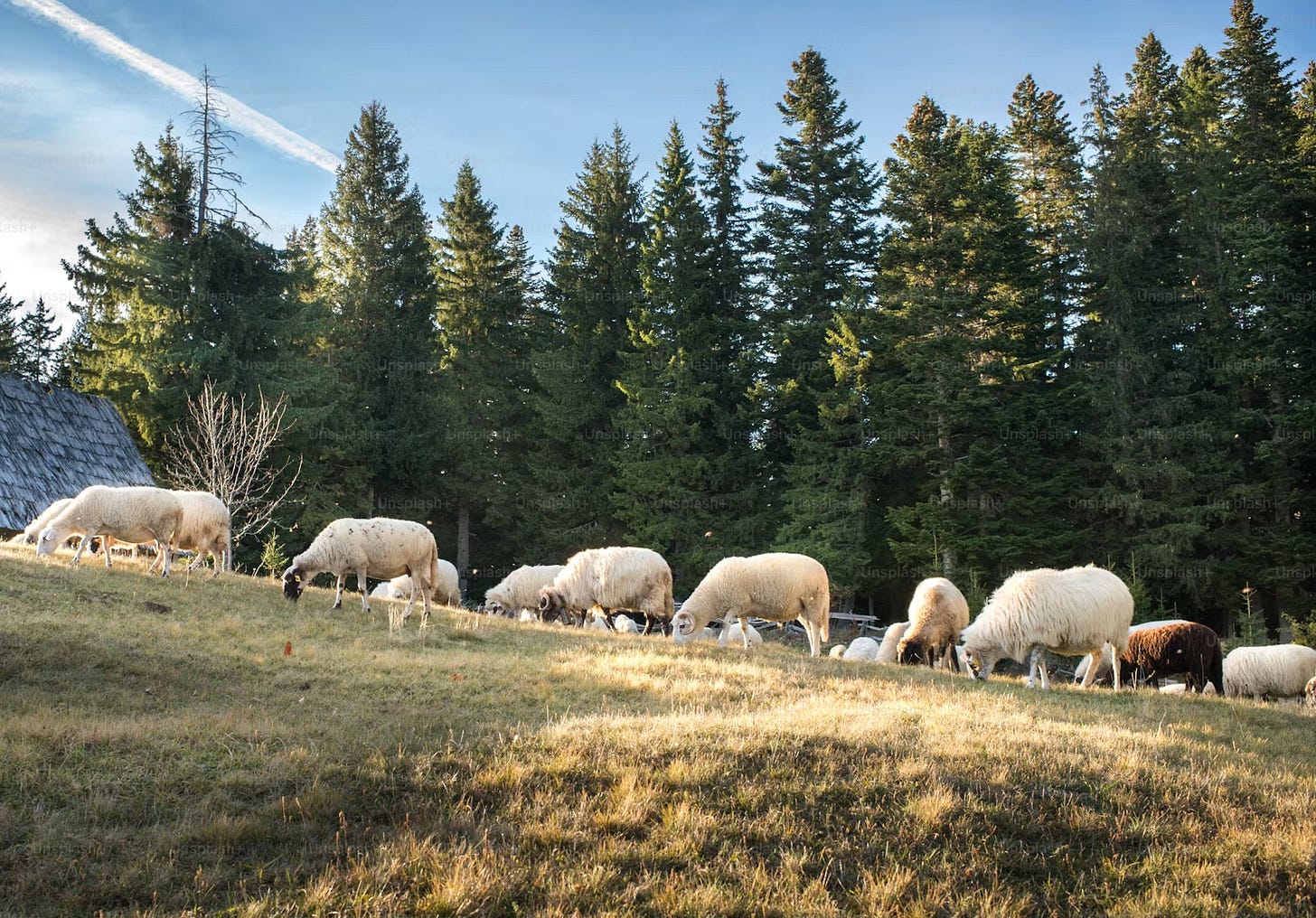
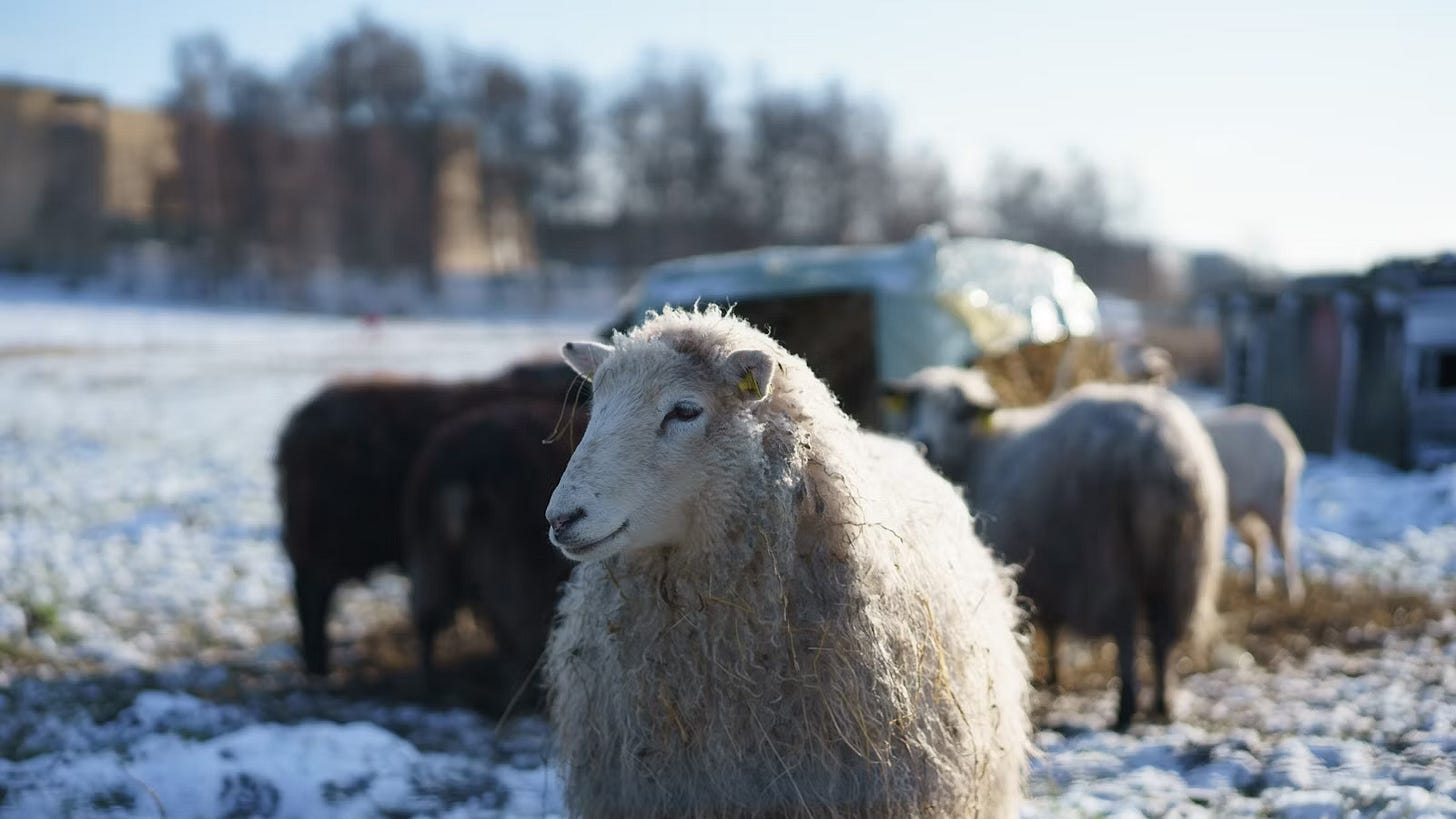
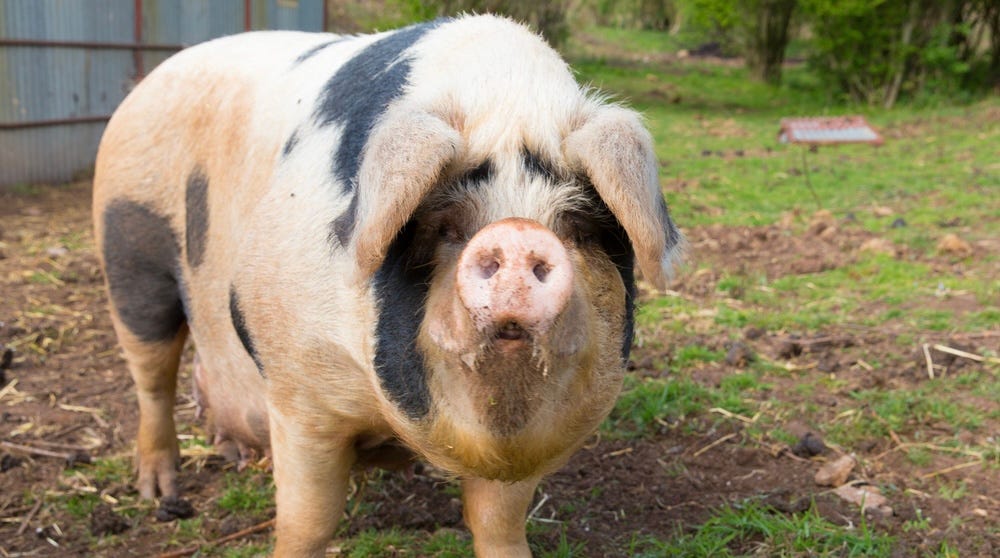
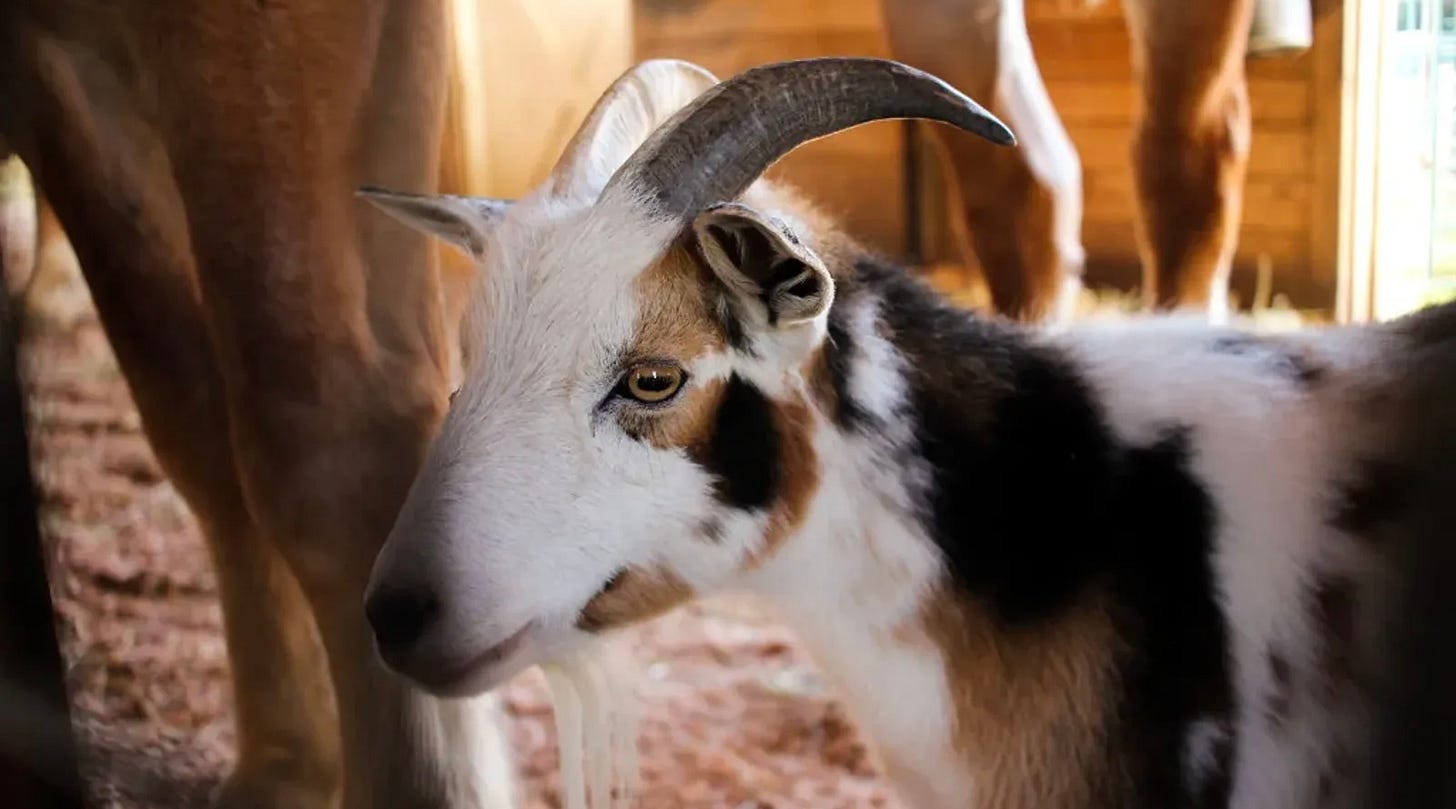

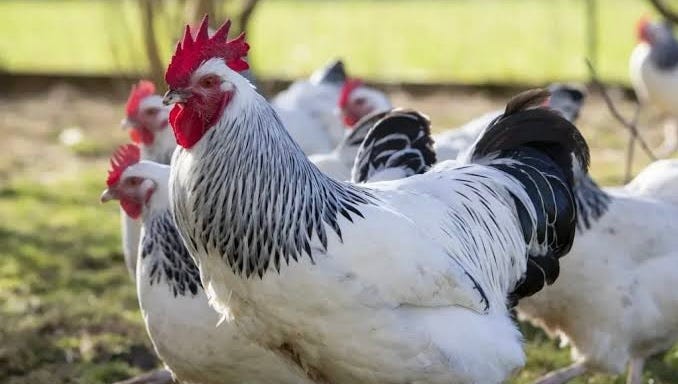
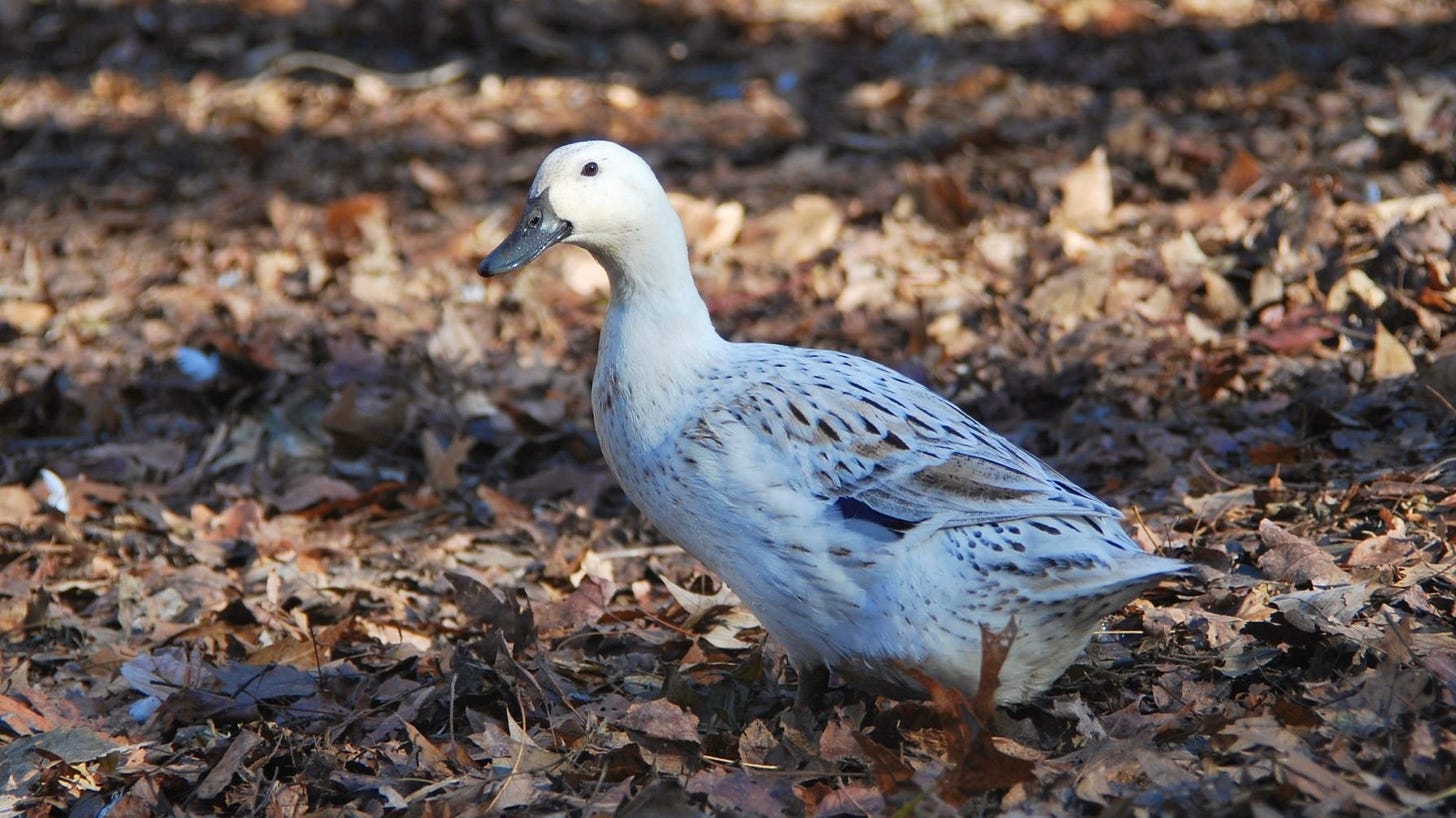

This article is just the best. Our daughter with a few acres just bought looking for ideas. Nigerian goats and the Chickens I think